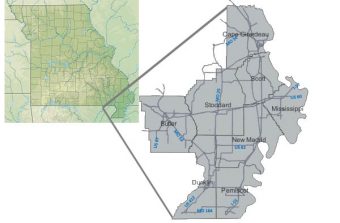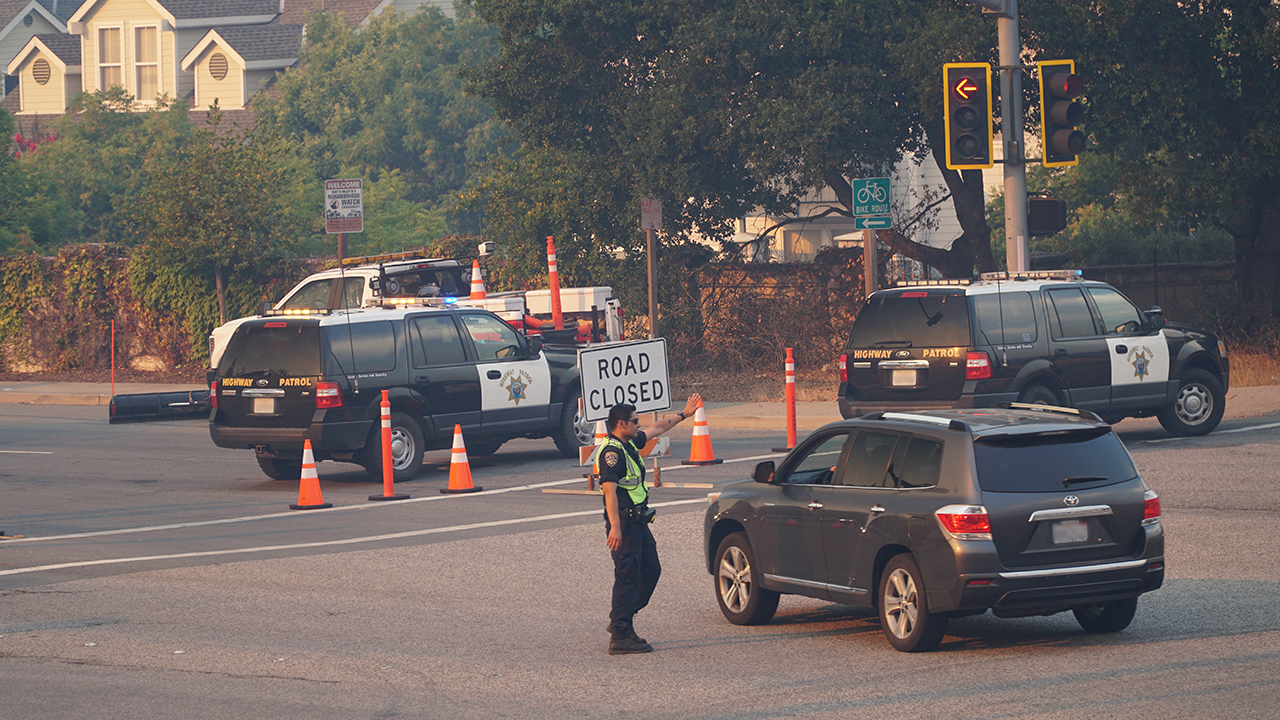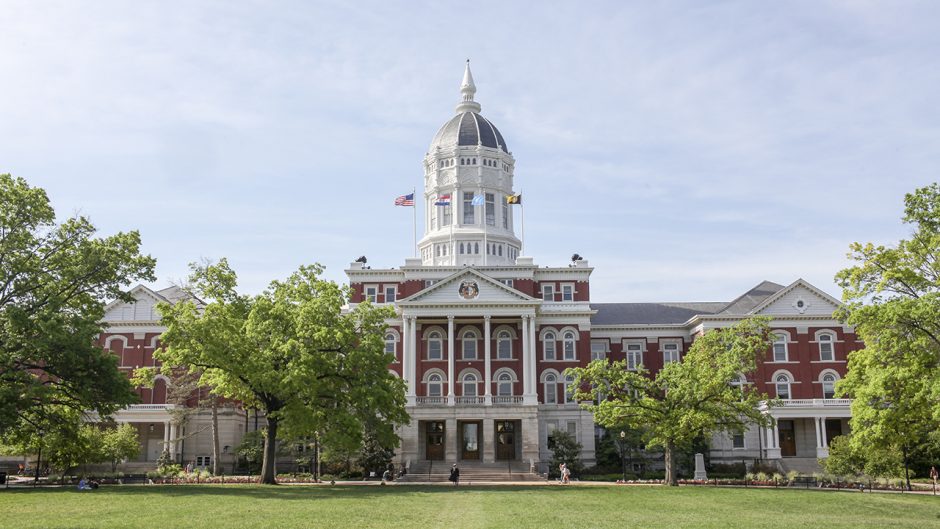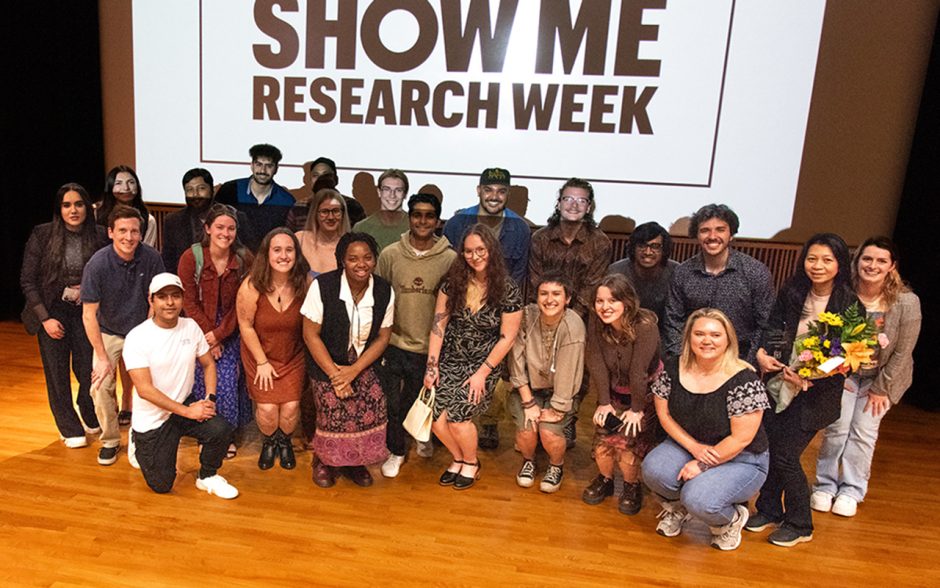Dec. 6, 2021
If a major earthquake were to rock the New Madrid fault line in southeast Missouri, it’s likely people would be displaced from their homes. But where would they go and how would they get there? That’s a question a University of Missouri engineer is helping state officials better understand.
Praveen Edara, chair and professor of civil and environmental engineering, is working with the Missouri Department of Transportation (MoDOT) to simulate evacuation scenarios in and around the New Madrid area in the event of a significant earthquake.
 “What we’re looking at in this project is evacuation, whether roads can handle evacuee traffic and where potential bottlenecks and delays are likely to occur so that MoDOT can better plan and manage the evacuation,” Edara said.
“What we’re looking at in this project is evacuation, whether roads can handle evacuee traffic and where potential bottlenecks and delays are likely to occur so that MoDOT can better plan and manage the evacuation,” Edara said.
The New Madrid Seismic Zone extends approximately 120 miles with the epicenter believed to be located near New Madrid, Missouri.
For this project, Edara and fellow researchers are focused on New Madrid and seven surrounding counties — the area that would be most impacted in the event of an earthquake. The counties have a combined population of about 300,000 people — many of whom would likely leave the area if an earthquake were to occur.
“We’re looking at potential destinations, which could be a public shelter or a mass care facility outside of these counties, or people could leave to stay with friends or family or at a hotel,” Edara said. “It’s likely that evacuation would be west of the New Madrid area as communities in other directions may also be at risk.”
That means most people leaving the area would travel the same roads.
Edara is simulating several scenarios, such as the possibility of bridges collapsing, as well as solutions currently used for other types of evacuations, such as using contraflow lanes or closing some entrance ramps.
“The goal is getting people to safety while also providing sufficient access to those staying in the area or who are bringing supplies to the area,” said Edara.
Edara began work on the simulation models in August with plans of presenting findings to MoDOT next summer.
“This is the first research study funded by MoDOT that exclusively examines the traffic evacuation of New Madrid region, and we’re trying to make sure the assumptions we make in building our simulation models are as accurate and realistic as we can get,” he said. “We wanted to start small first, then we’ll scale it up to include everything between New Madrid and St. Louis and westward to Columbia.”





